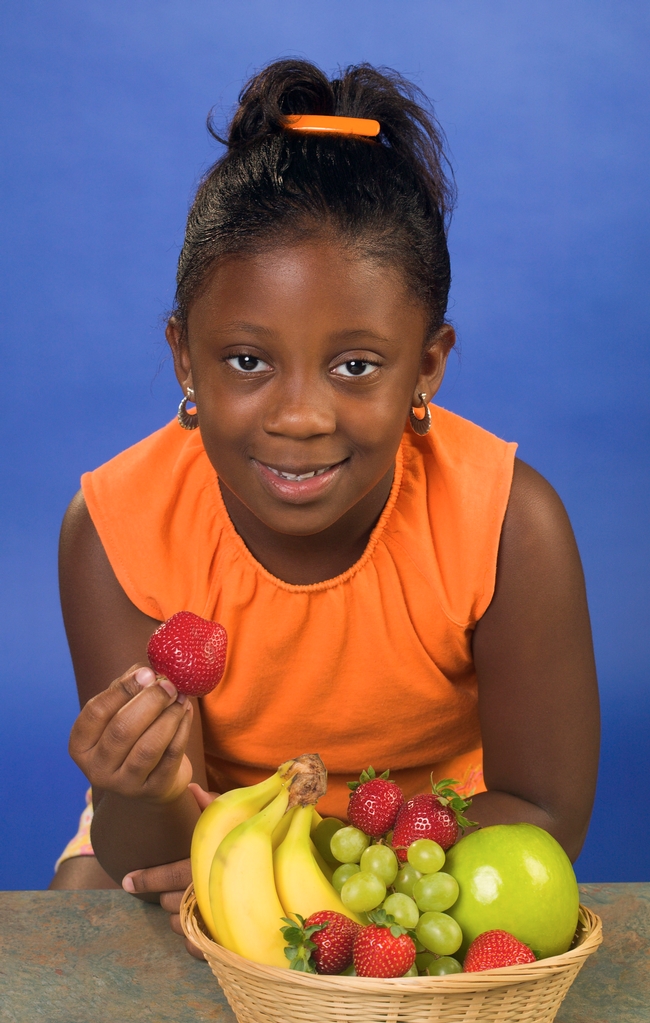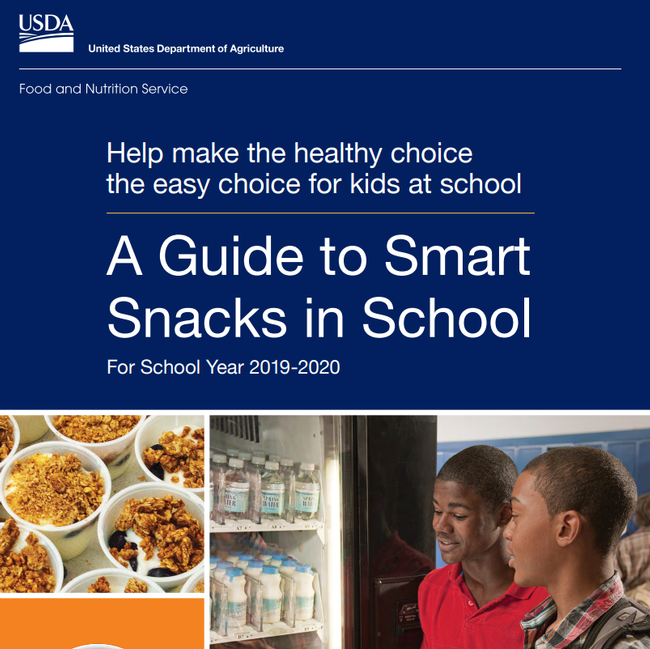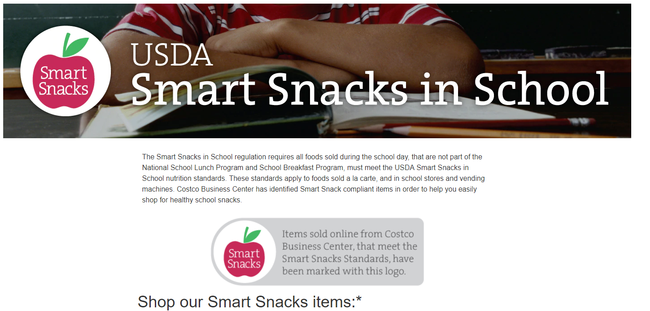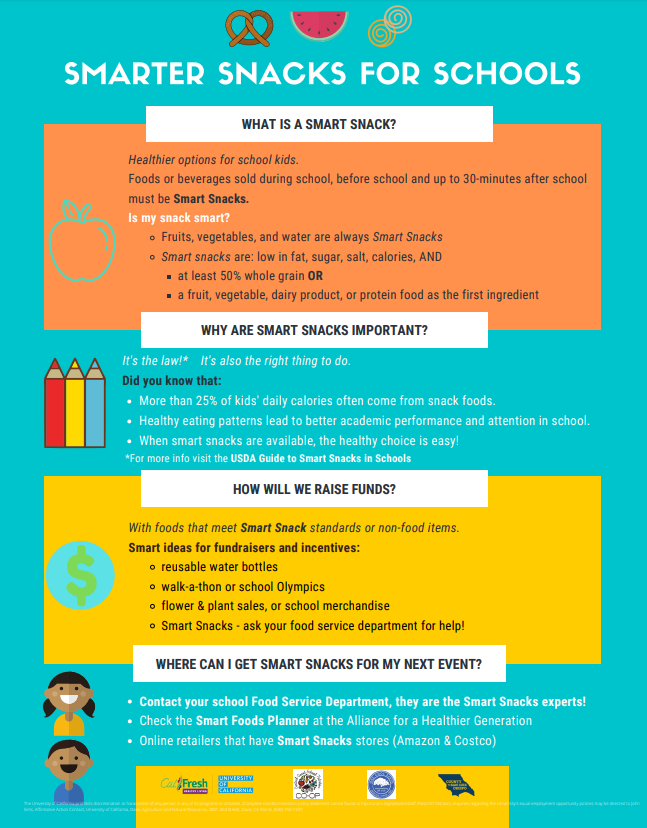
The 2010 Healthy Hunger-Free Kids Act (HHFKA) marked the first major update to school meal guidelines across America in 15 years. Prior to HHFKA, there were no restrictions on salt, fat content in milk, or trans fats. Fruits and vegetables were grouped together, and there were no guidelines about increasing variety. In addition, snacks (i.e., competitive foods, since they compete with the school meal program) were not regulated, which meant that students could purchase junk food like candy bars and soda through vending machines right next to the cafeteria.
At the same time, childhood obesity rates were continuing to increase, along with risk factors associated with chronic diseases like heart disease and diabetes. With the updated regulations for the National School Lunch and School Breakfast Programs, millions of students across the U.S. got access to healthier meals, more in line with the Dietary Guidelines for Americans.
But what about the other foods that are available to kids during the school day? If a cookie is being sold right next to the school lunch and at a lower price, why not just buy the cookie? Or if you know your class is getting brownies from the teacher later, why get lunch at all?
The answer: New standards under the HHFKA set regulations on snacks that can be sold during the school day. Now called Smart Snacks, these food items must align with federal nutrition standards. Such standards include being at least:
- 50% whole grain OR
- having the first ingredient on the nutrition label be a fruit, vegetable, dairy product or protein food OR
- being a combination food where at least ¼ cup of the snack is a fruit or vegetable.
Many granola bars, popcorn, crackers and even treats like brownies can be a Smart Snack. Whole fruit, vegetables and frozen fruit in water or 100% fruit juice are always Smart Snacks. These standards are also required for fundraisers and events that occur during the school day, basically anytime money is exchanged for food at school. Surprising to most, the school day (for the purpose of school food regulations) actually starts at midnight before and ends 30 minutes after the last class of the day.
What makes a snack 'smart'?
Don't worry, it's not just kale chips and broccoli stalks (although kale chips and broccoli are awesome!). There are a variety of Smart Snacks that fit the taste preferences for every age range.
As parents, community partners, school boosters and school staff, we all have a role in ensuring our youth have access to healthier snacks at school. It's also the law if your school participates in the federal school meal program. To find out if the food you want to sell or give out to kids makes the smart snack grade, you can check out the Alliance for a Healthier Generation Smart Snack online calculator, where you can enter in the nutrition information from the food label. Also, large online retailers like Costco and Amazon have Smart Snacks stores where you can browse and purchase a variety of compliant Smart Snacks. These standards have been around for some time now, but many people are still unfamiliar with them or don't understand their importance.
While Smart Snacks rules only apply to food that is sold to students during the school day, other policies - like your district's Local School Wellness Policy – may govern what can be provided to students on campus through rewards and incentives or at school celebrations. So, while there are regulations about what can be sold at school during the school day, why stop there? Why not make your after school fundraiser or snack shack healthy? Why not use smart snacks instead of sugary treats? Or even better, use non-food incentives like a birthday book instead of the same sugary cupcakes that come around each time there is a birthday. Instead of selling soda for $1 with the hotdog meal at the school carnival, try sparkling water or a hydration station with fruit infused water and a prize if you bring your own reusable water bottle. Just like clothes and movies, healthy and sustainable foods are becoming more trendy and lucrative for your fundraiser!
Overall, Smart Snacks are an important complement to the national school meal program and can be a great way to help students maintain growth and success in the classroom while also helping to maintain healthy lifestyles throughout life. Let your PTA and school partners know with this new infographic.
Author - Area Director for UCCE in San Luis Obispo, Santa Barbara, and Ventura Counties


